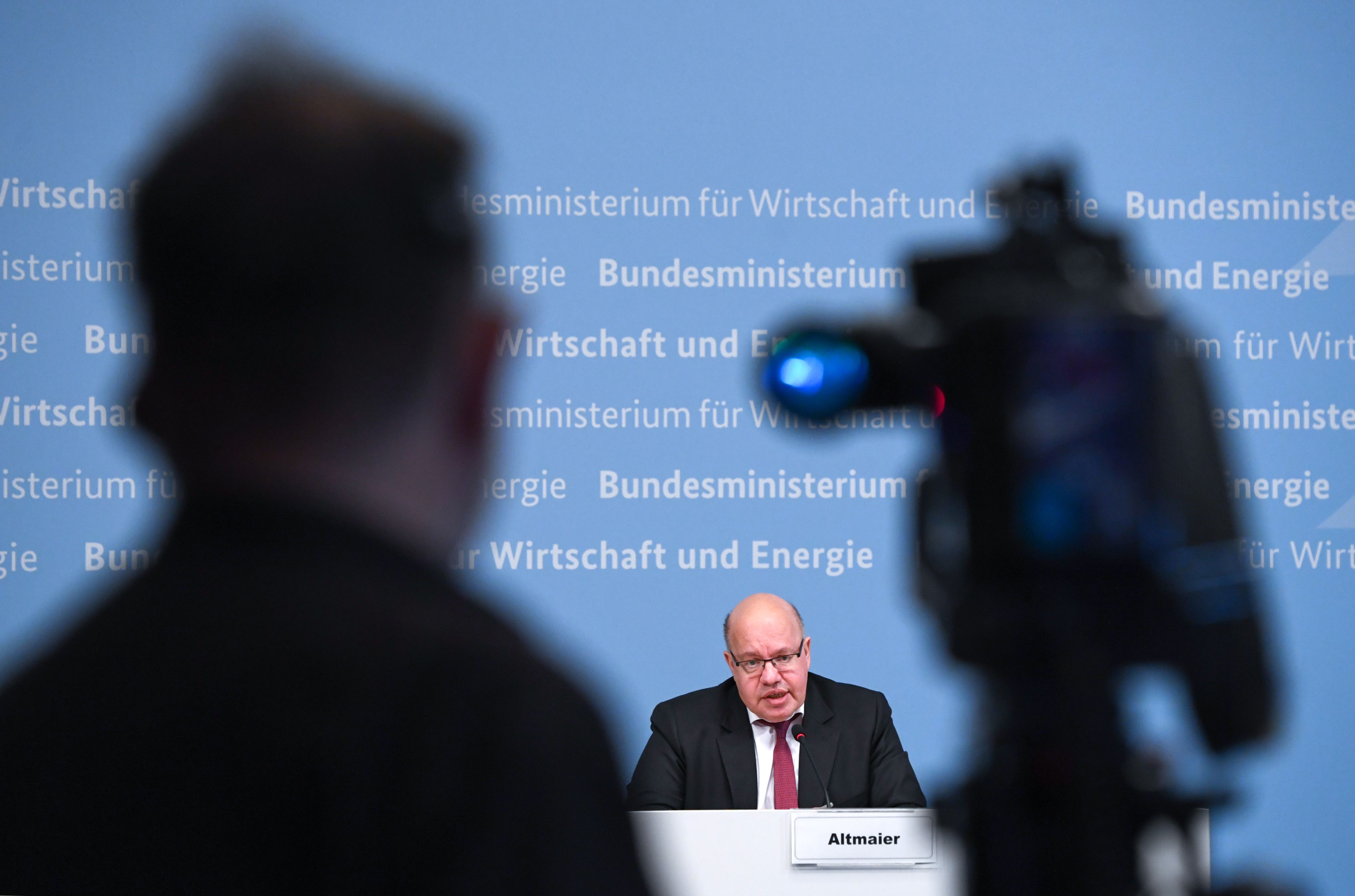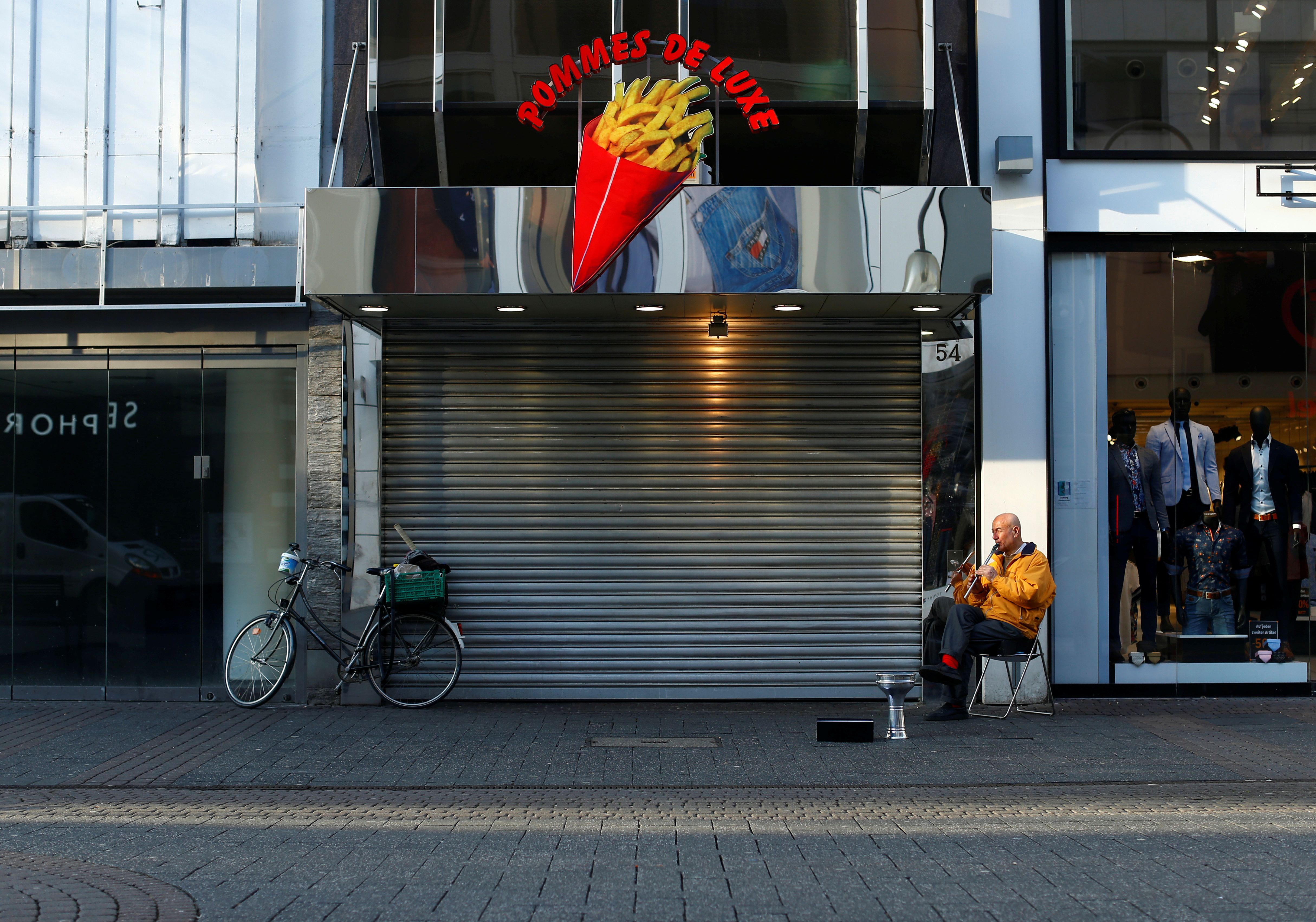The End of “Black Zero”: The Second Wave of Anti-Crisis Measures in Germany

In the second half of March, the situation in Germany, which is struggling with the Covid-19 pandemic has worsened day by day. Although mortality remains low (0.4%), the rapidly increasing number of cases (47,000 for now) has forced the government to introduce drastic restrictions on social life. Under these conditions, uncertainty about the future of the economy has been increasing and is mirrored in forecasts by research institutes. Some predict a moderate recession of about 5% but a rapid recovery afterwards while others, such as the Munich IfO, predict a 20% decline in GDP.
The government decided to expand the rescue programme announced on 13 March. In addition to the previously adopted “short-time work” scheme, tax relief, and a further extension of loan and guarantee programmes, new support for companies and employees have appeared. Their scale is unprecedented in the history of the Federal Re
New Tools
The government has decided to devote more attention to the situation of small businesses, self-employed workers, and freelancers, who have been badly hit by the imposed restrictions and collapse of the services sector. For this group, the government has provided a pool of €50 billion, with one-off benefits of a maximum amount of €15,000. They are to help the beneficiaries bear the costs of rent and rental in the face of falling or no revenue.
The second tool is an “economic stabilisation fund” (WSF, Wirtschaftsstabilisierungsfond), which aims to increase support for companies. The legal framework comes from a similar institution created during the financial crisis a decade ago (Soffin), which helped to save failing banks at that time. The estimated scale of the WSF is up to €600 billion, of which €400 billion will be allocated to granting five-year loan guarantees to companies. Another €100 billion will be transferred to the public KfW bank, which will thus be able to expand liquidity support for companies in trouble. The most interesting part of the WSF, however, is €100 billion earmarked for the temporary acquisition of shares in companies. The measure is not only to protect against bankruptcy but also against hostile takeovers by foreign competitors. The risk of such actions increased significantly as a result of a deep sell-off of shares on stock exchanges. A candidate for this kind of “nationalisation” is Lufthansa, which had to practically halt its business.
The government is also planning several protective measures in the social sphere. The economic crisis will increase layoffs in the labour market and thus the number of beneficiaries of the Hartz IV program regulating the issue of financial support and activation of the unemployed. The responsible offices are to cease checking the assets of potential beneficiaries for half a year, which will speed up the granting of support. There are also plans to introduce a ban on terminating leases and mortgages for people who have financial problems due to the pandemic and to extend support to people who, due to school closures, have difficulty keeping their job.
Fiscal Dimension
Including activities from the first half of March, planned support for the economy in the form of guarantees, liquidity assistance, loans, employment support, etc. may reach up to the equivalent of €1.2 trillion. In order to finance such a huge expense, the government decided on 23 March to amend the federal budget, aiming at an increase in debt of €156 billion. This means that after six years of budget surpluses, Germany is moving away from its “black zero” policy towards high deficits of even 5%. Economists predict that public debt, gradually reduced in the last decade, may again break the 60% of GDP level and later reach even 80-90%. However, this does not mean a questioning of the doctrine of prudent fiscal policy and attempting to circumvent the “debt brake” enshrined in the constitution. In this case, the German government used provisions allowing it to increase expenses in emergency situations.
The cost of moving to an expansive debt-financed fiscal policy is facilitated by the European Central Bank. Last week, bank President Christine Lagarde announced a €750 billion bond purchase program that will help to keep extremely low interest rates in the markets. It was planned with a view to stabilising the financial situation of countries such as Italy and Greece, but in the current situation it will also be useful to Germany interested in keeping the costs of issuing new debt as low as possible.
Conclusions
The recent government actions help frame the contours of Germany’s idea for the functioning of the national economy—and the European economy—in the reality of a severe economic crisis.
First of all, the federal government strives to protect companies and employment. It is not only about the level of GDP: it is important to maintain Germany’s competitive profile. It is based mainly on incremental innovations, i.e., using mature technologies and improving the quality of products. Thanks to these, Germany is the global leader in the quite traditional, but also profitable, automotive, machinery, and chemical industries. However, such a profile requires companies to invest in the long term and constantly improve employees’ qualifications. The collapse of the company as a result of economic shock and mass layoffs is, therefore, something more than just an accounting phenomenon: it is the loss of deep product knowledge accumulated over the years, and thus a key competitive advantage.
So, Germany is ready to pay the price for the stabilisation of its economic model in the form of rising public-finance deficits. The “black zero” in the budget—the hallmark of the Merkel era—is becoming a secondary issue during the crisis. Its significance may fall even further if the economic situation deteriorates. It cannot be ruled out that the next step of the German government will be a huge spending package of 10–15% of GDP or enabling claims of companies against the state on the basis of the law on epidemic risk or a retroactive reduction of taxes on smaller enterprises. Thus, Germany is entering—probably for a longer time—a phase of expansive, debt-financed fiscal policy.
However, this does not mean enthusiasm for the creation of tools of this kind of policy at the EU or eurozone levels. Germany is betting on a combination of national spending programmes above which the umbrella of the ECB’s loose monetary policy is stretched, guaranteeing low interest rates. In an extreme situation, assistance from the intergovernmental European Stability Mechanism (ESM) can still be launched, but any state requesting support must accept meeting many rigours, including economic reforms. From Germany’s perspective, this would be the optimal construction, enough to combat crises. All ideas going further—joint bonds (today called “coronabonds”) or spending funds—carry the risk of unjustified transfers, debt sharing, and reduced incentives to reform economies in crisis.
The launch of a major rescue programme should help Germany block initiatives for deepening fiscal integration in the euro area forced by France, Italy, and other southern European countries. Since federal finances show deficits, it is difficult to expect that Germany will engage on a large scale in joint spending tools. The problem is that the German vision of anti-crisis policy based on national responsibility and actions collides with the reality of a very diverse economic situation and the financial capacities of eurozone member states. These differences cannot be filled with cheap ECB money, which is why pressure is increasing on Germany (but also the Netherlands) to first accept expanding the scale of support from the ESM and then to agree on the introduction of eurobonds and a mutual investment fund. The course of this dispute may both push the eurozone towards a fiscal and political union or—in case of a lack of compromise—threaten the very existence of the monetary union.





